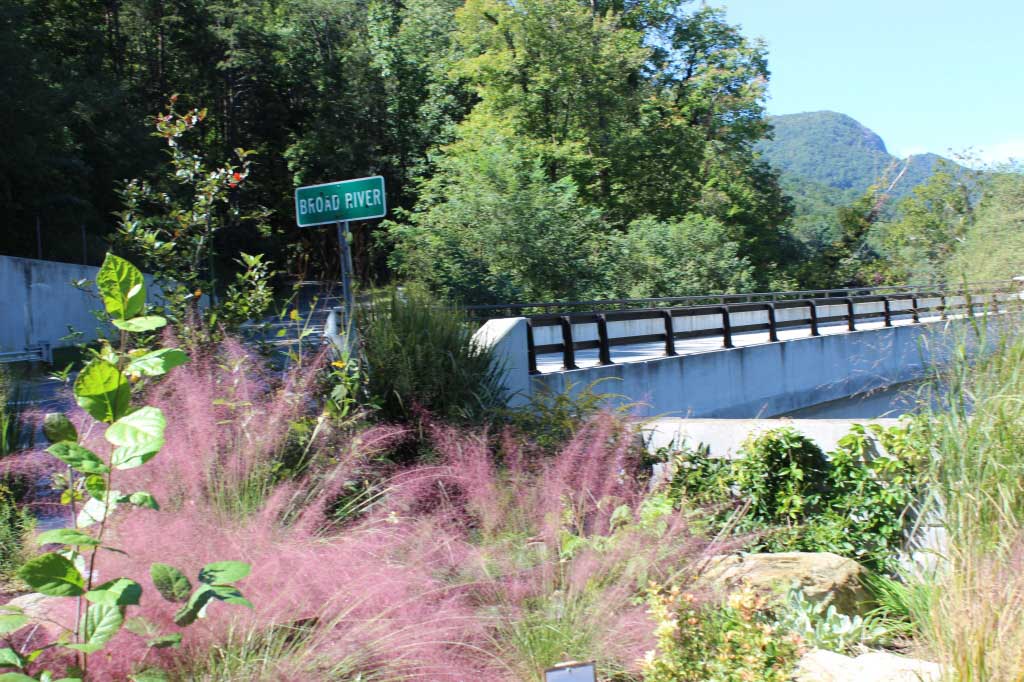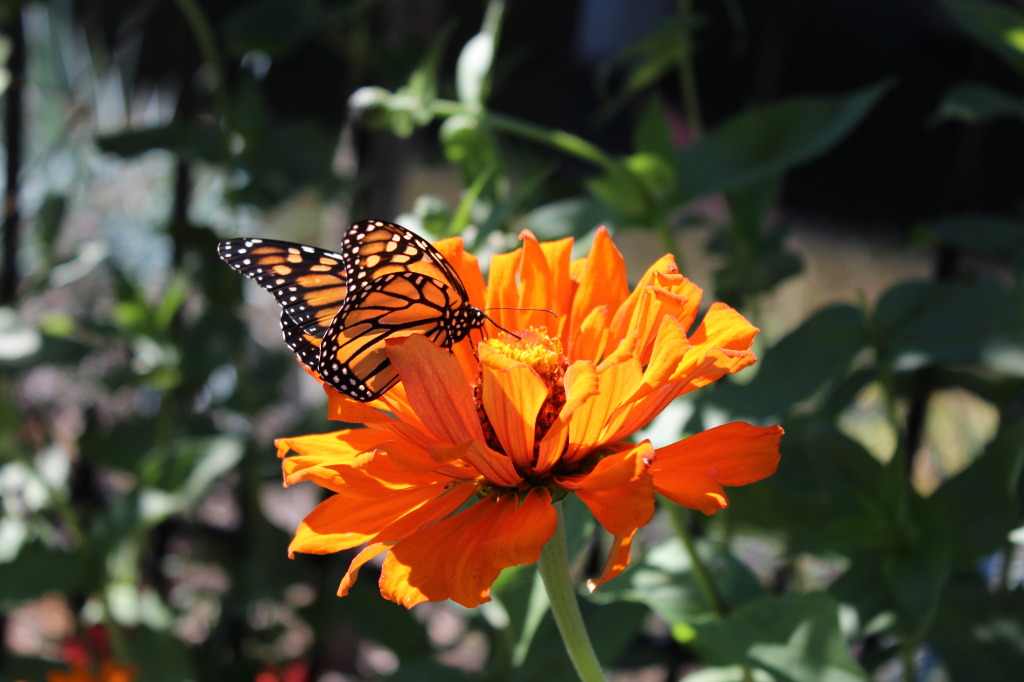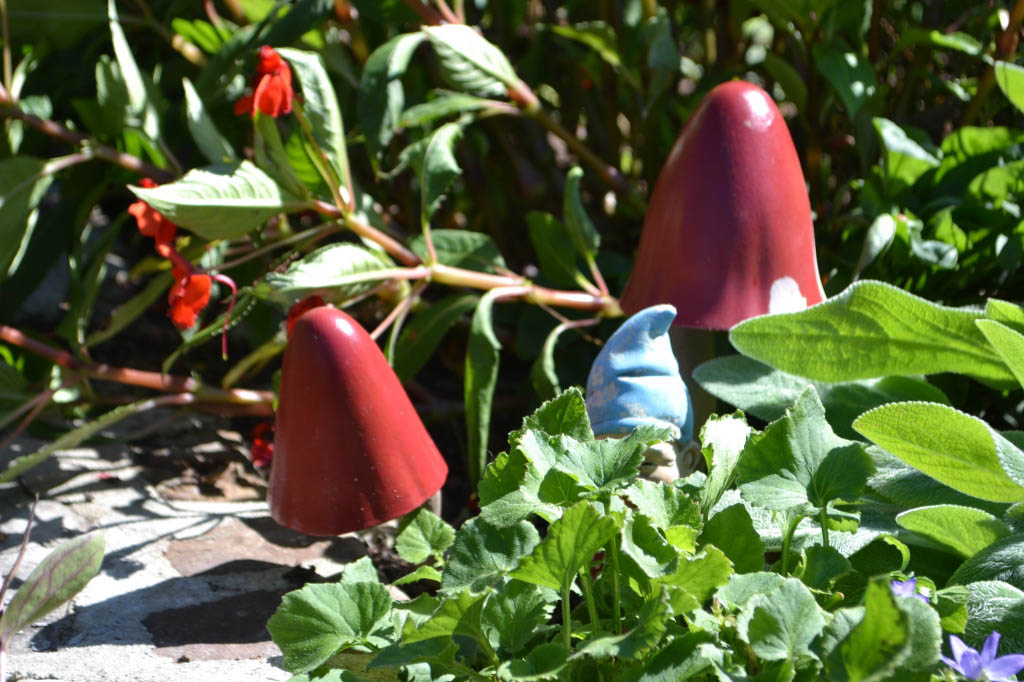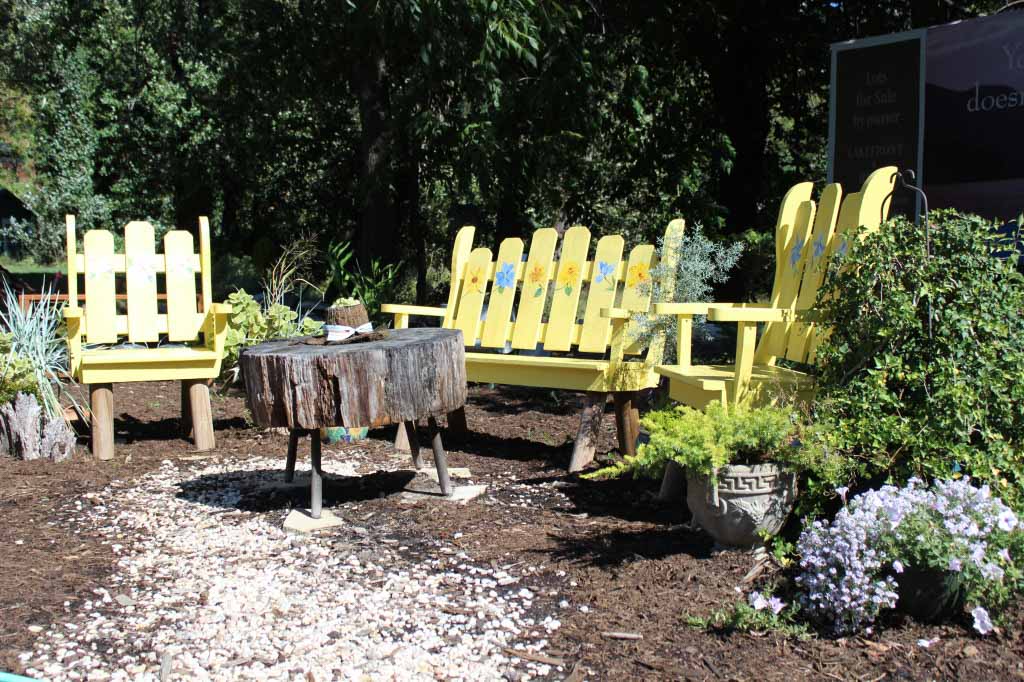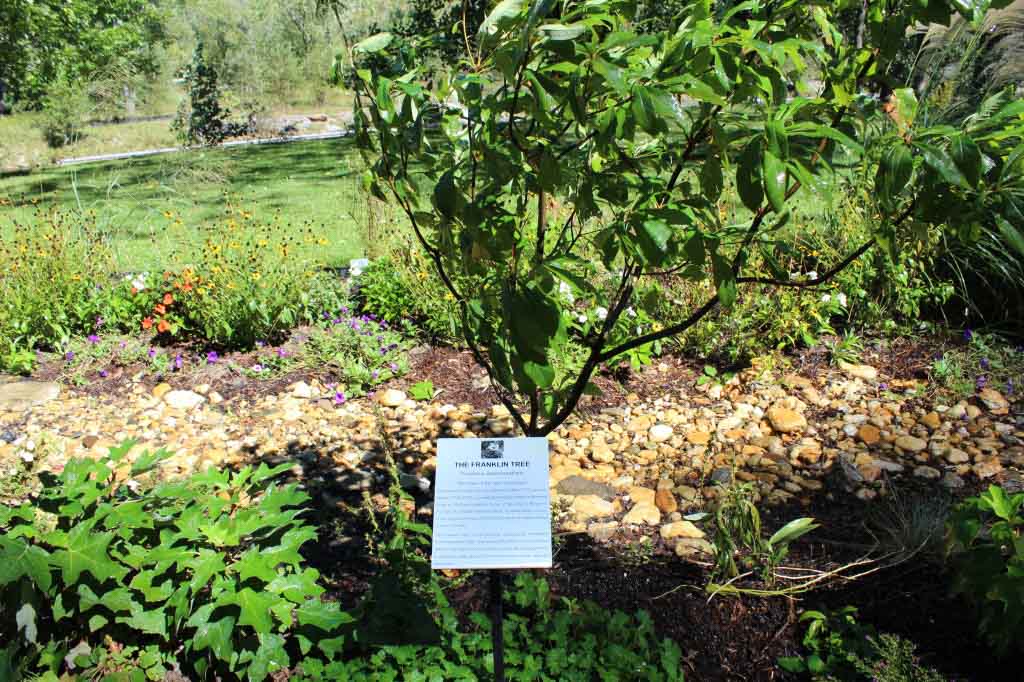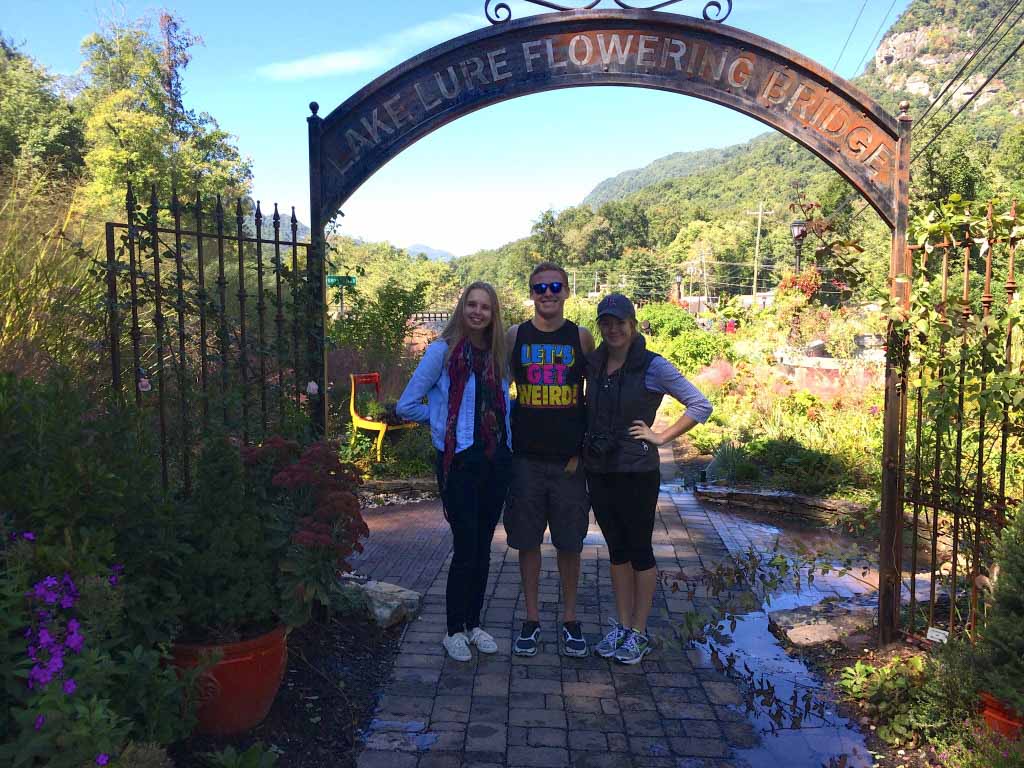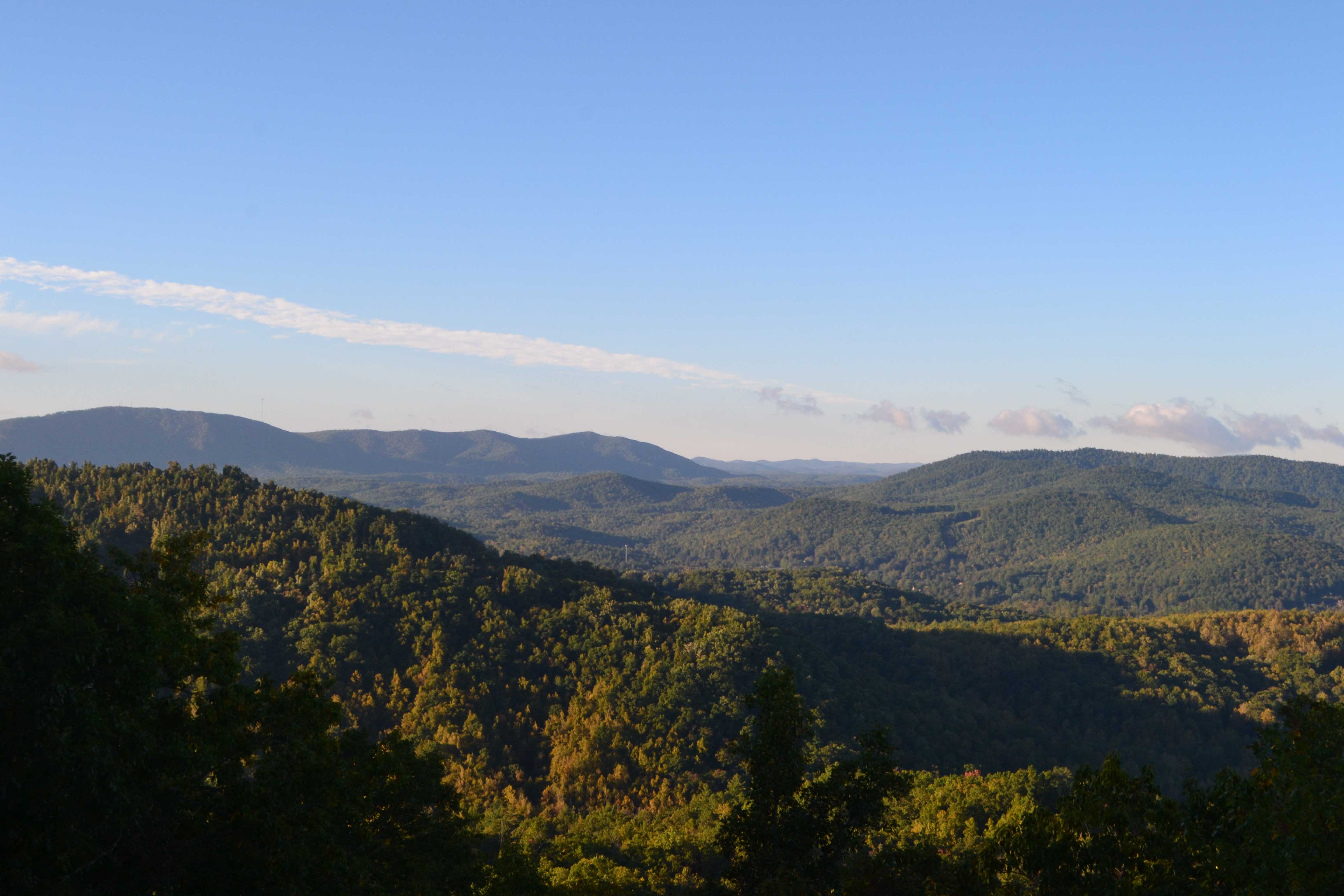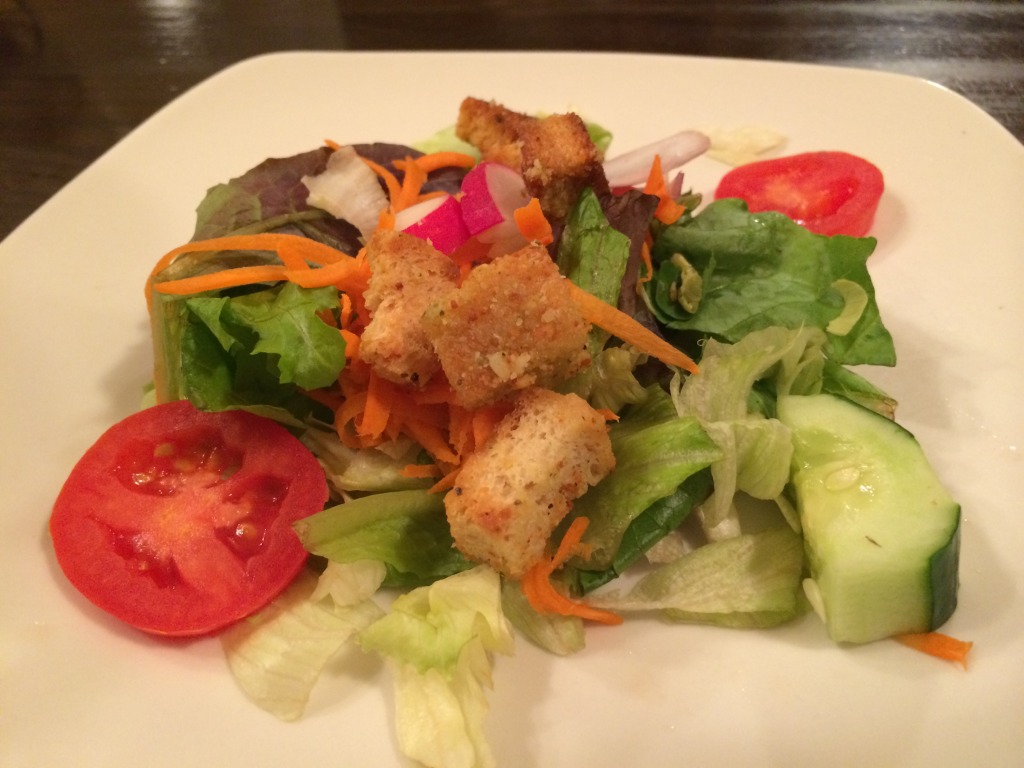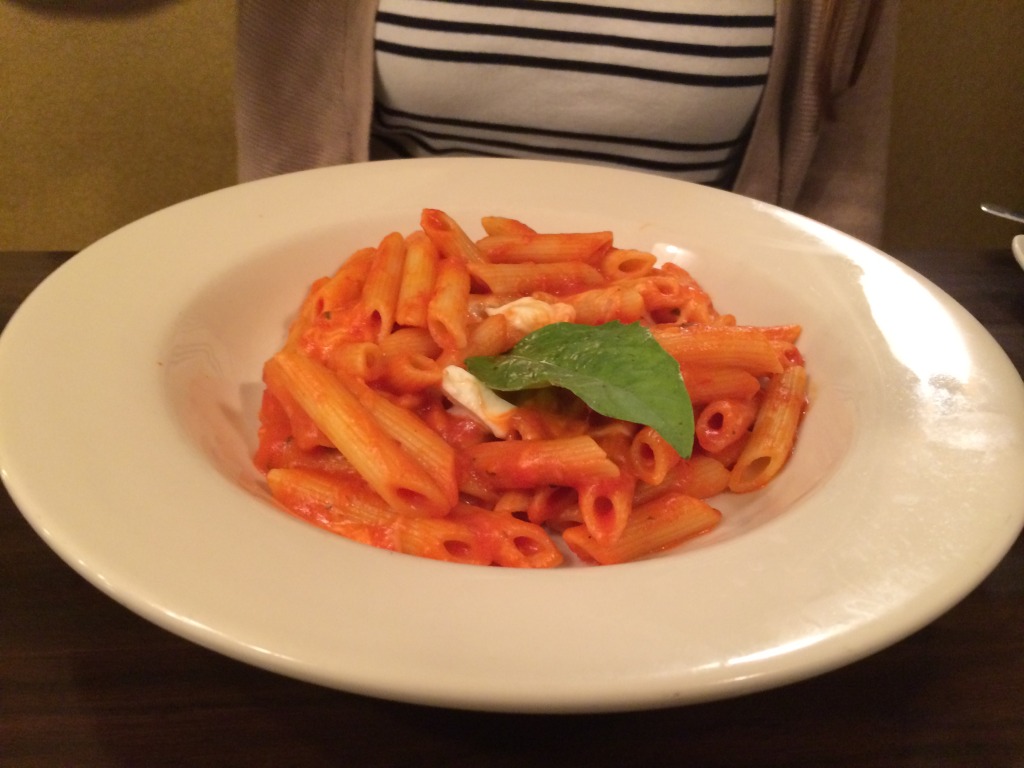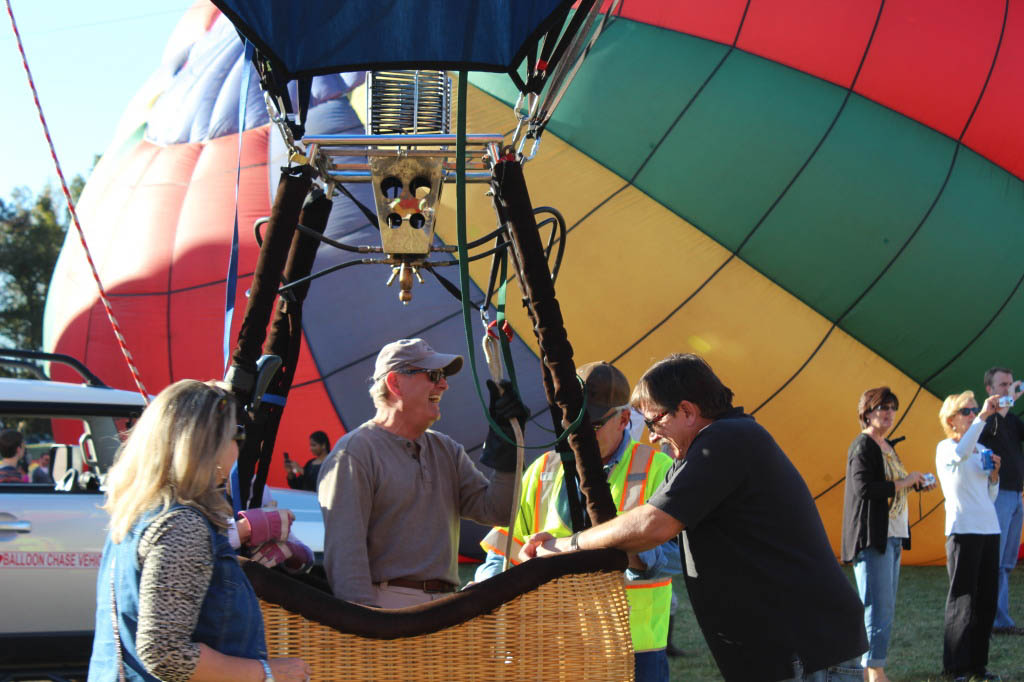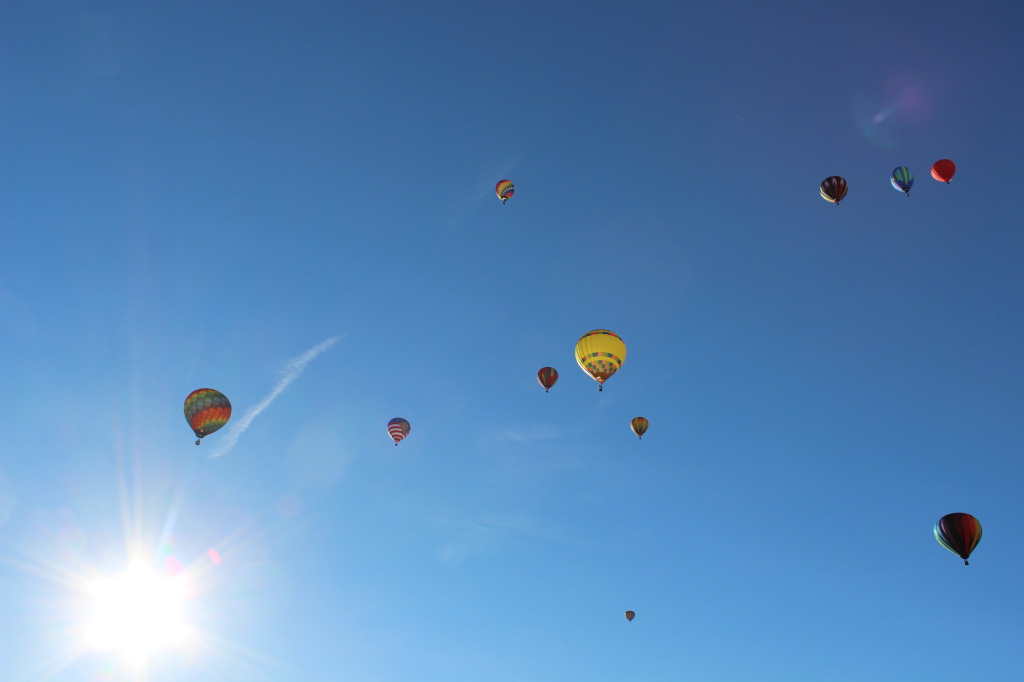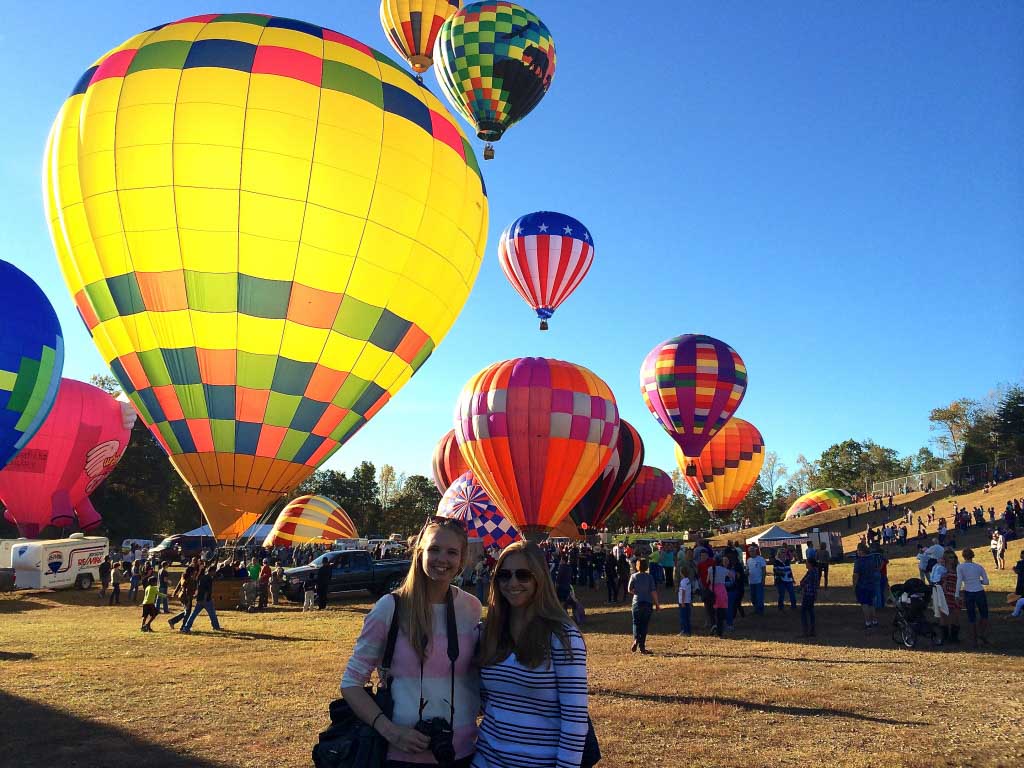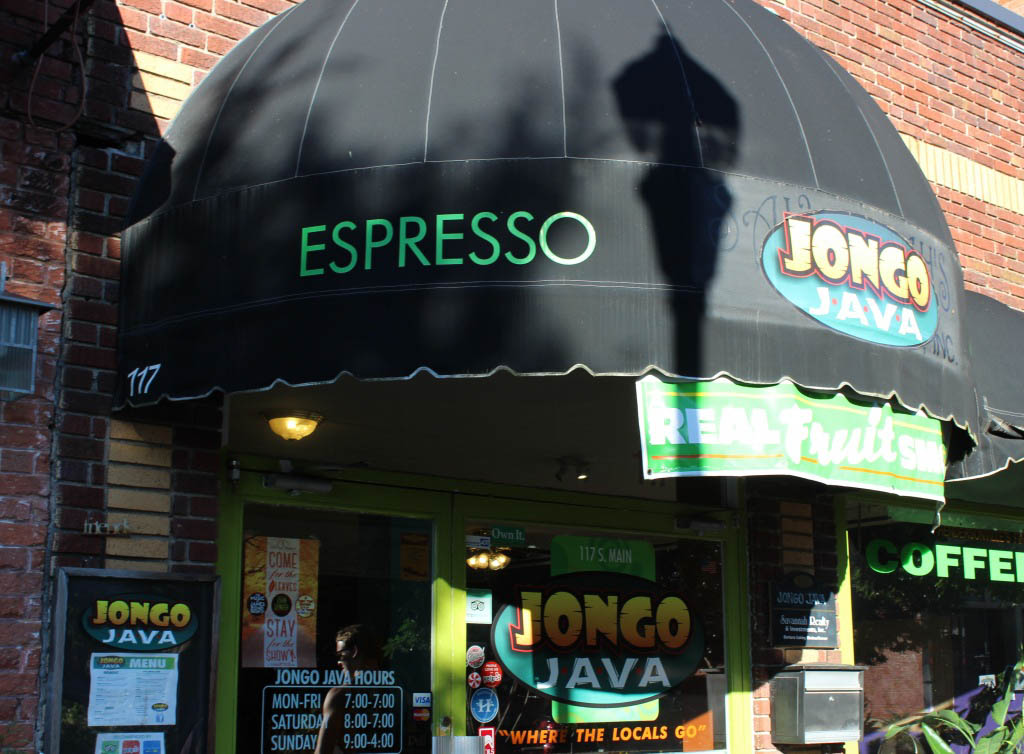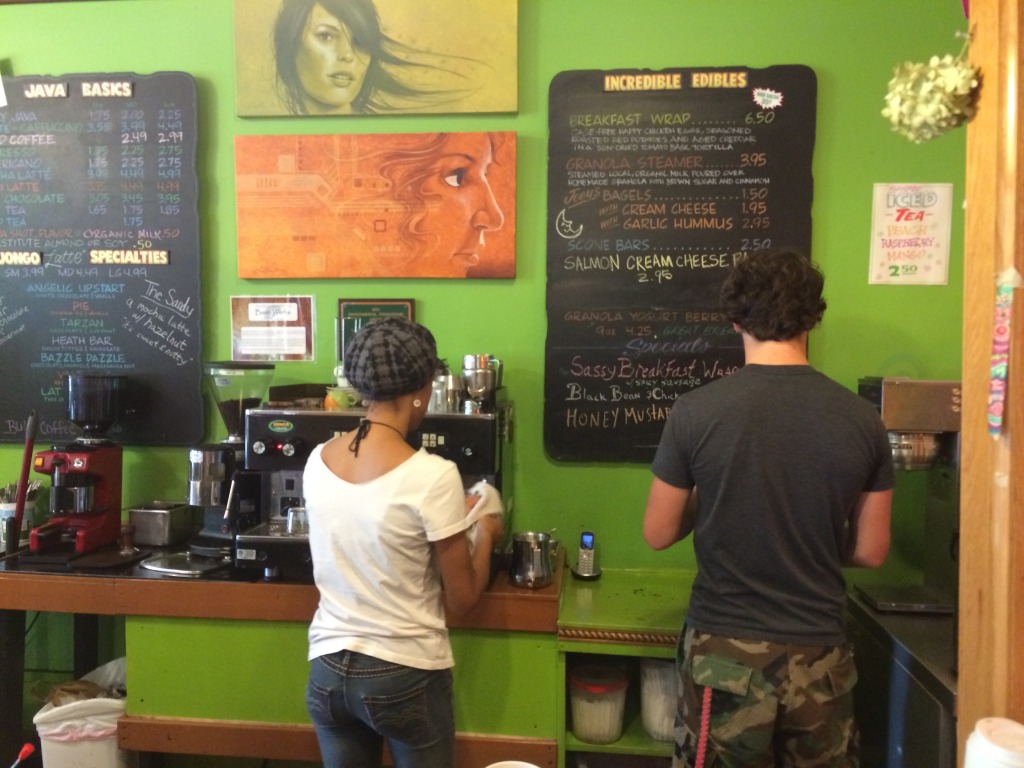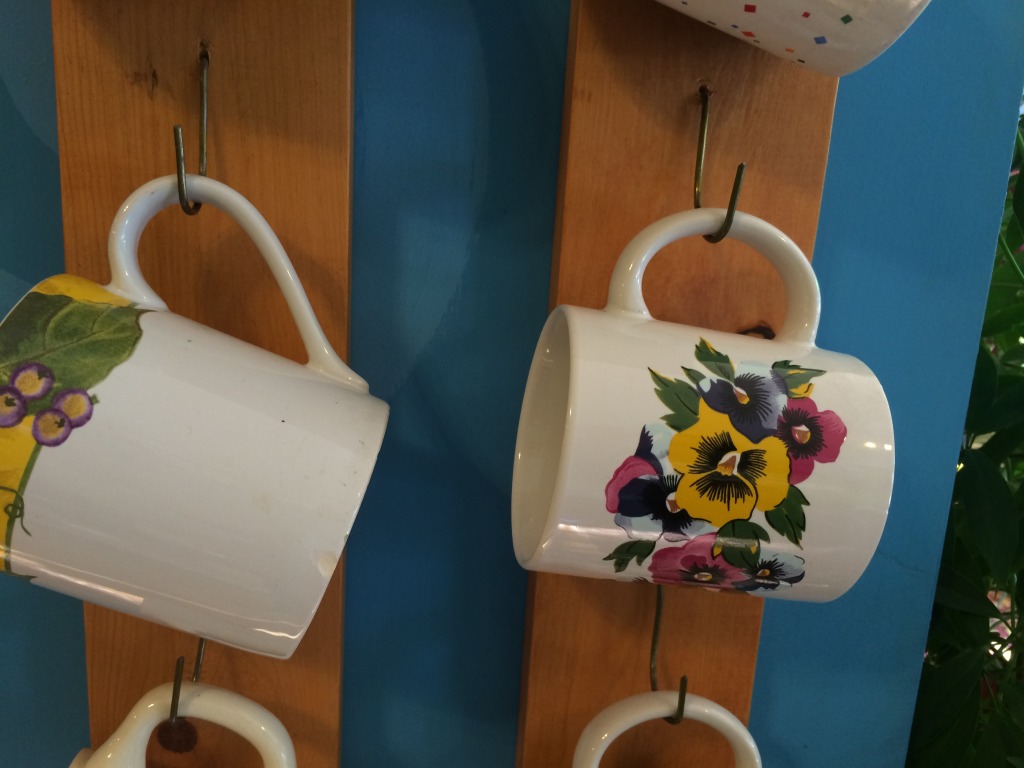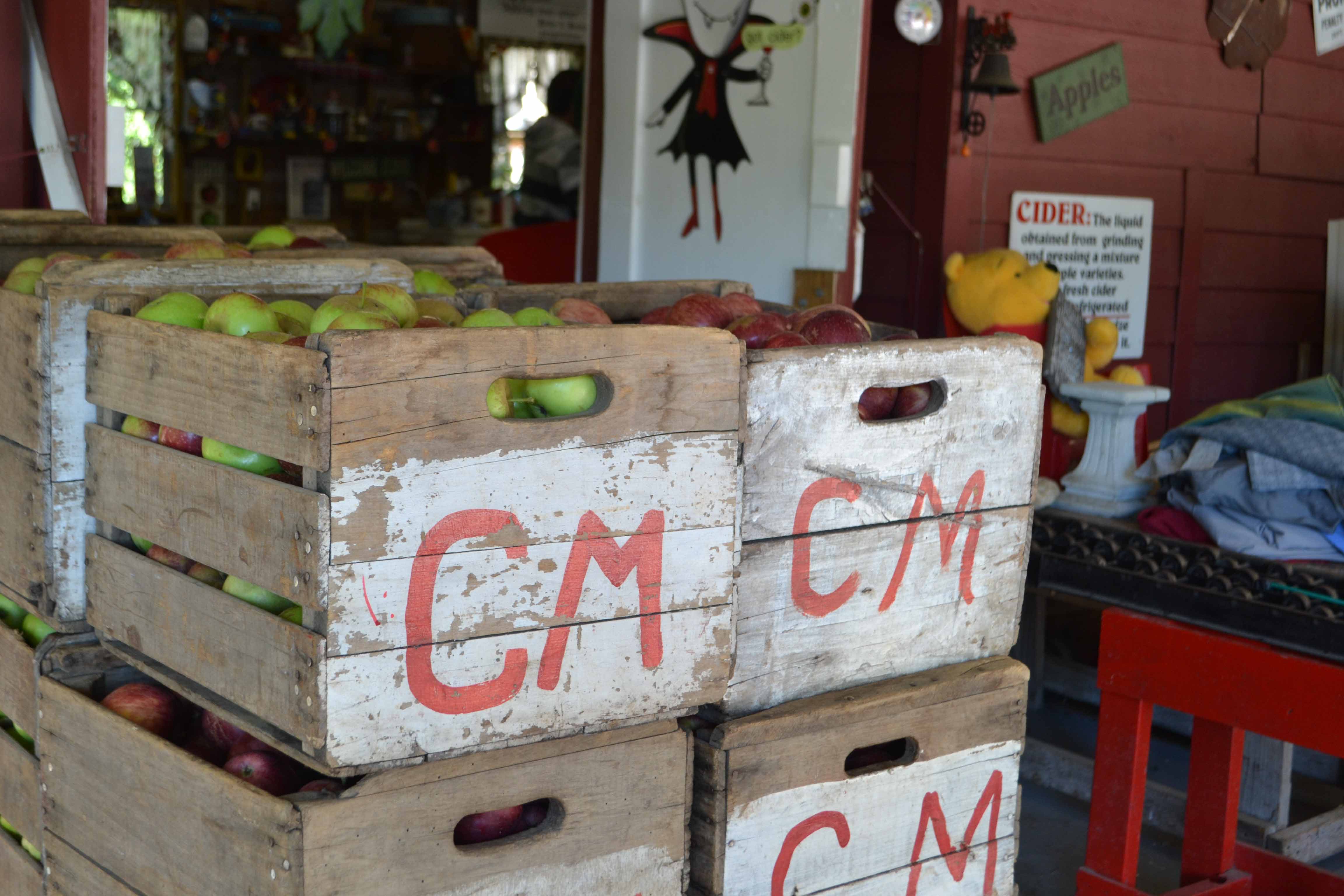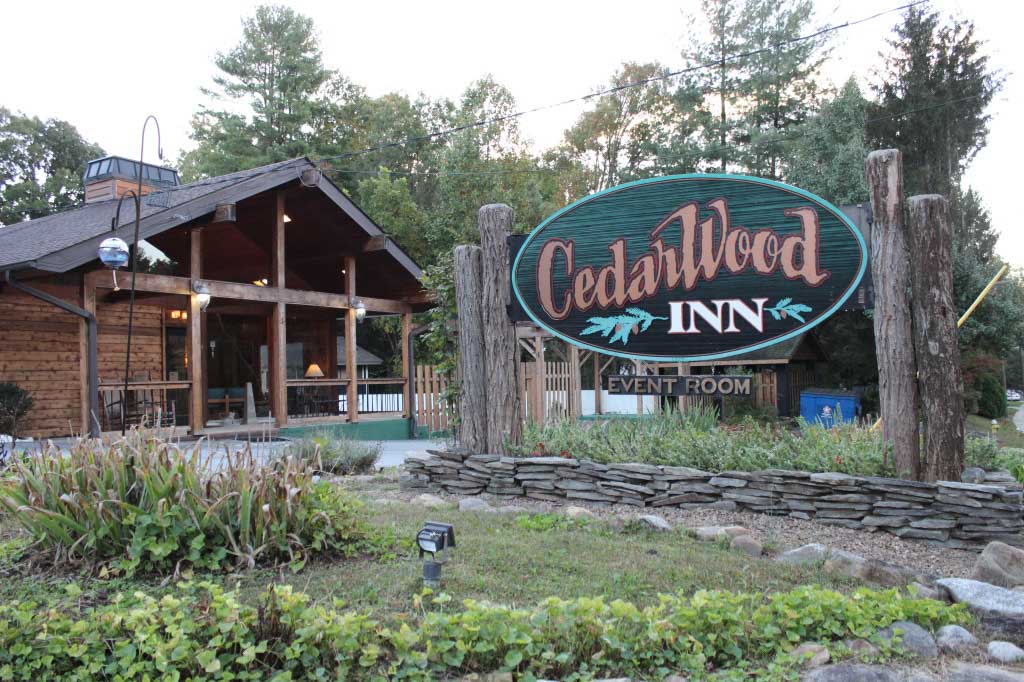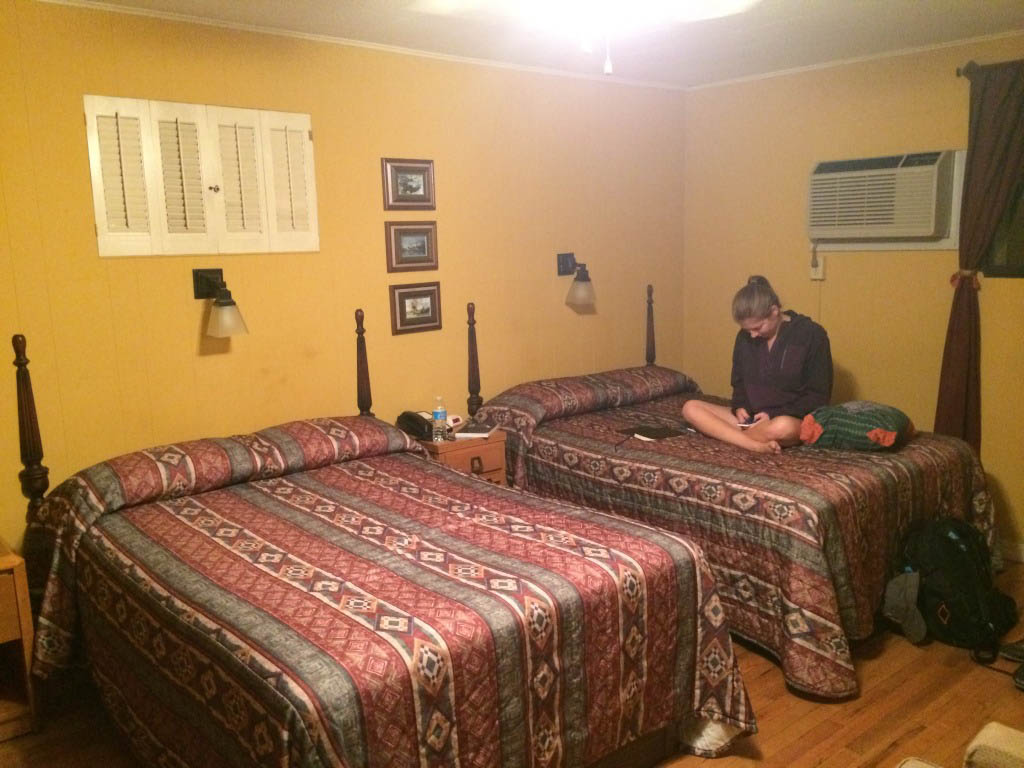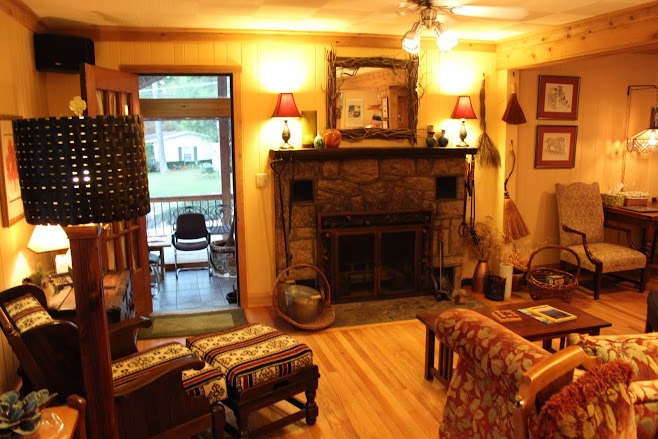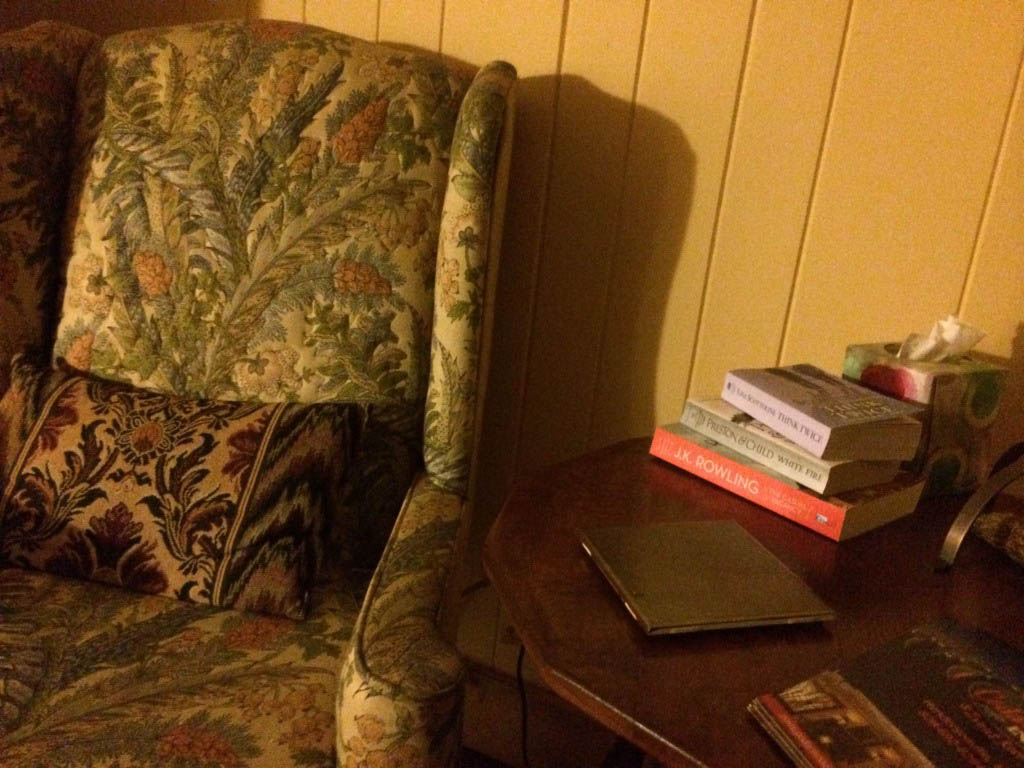By Dustin Swope -2014
The town of Lenoir is one of North Carolina’s best examples of a community that keeps up with the times without cleaving itself into an urban metropole and a suburban sprawl. Residents come off as bright and polite, but there’s no denying that Lenoir is by most accounts a quiet, reserved town. Once a month, however, Lenoir becomes a near-unrecognizable sea of activity as the downtown undergoes a remarkable transformation to host the Lenoir Downtown Cruisers Auto Show.
Normally when you hear crowds, you think of elbow-rubbing that turns into elbow-throwing, small children without the words they need to tell their parents that they want to go home, and of course, sweat stains. The type of crowd that the Lenoir Downtown Cruisers pull together is so far from that uncomfortable image, but I have to say that the October 2014 rally was exceptionally pleasant. The main streets in downtown Lenoir are shut down for the auto show, reserving all roadside parking to put the cars on display and leaving plenty of space for attendees to drift from one eye-catching ride to the next without bumping into one another or causing a traffic jam.
According to estimates from the friendly folks working the event and Lenoir Downtown Cruisers President, Steve Cardwell himself(!), this particularly rally had attracted between 400 and 600 registered drivers looking for some well-earned recognition. Add in the throngs of Lenoir locals, car enthusiasts, and people just looking for a light-hearted saturday among good company, and it’s no surprise that the total headcount for the auto show was approaching 5,000 during peak hour. What was surprising was that all of these people, complete with cars, booths, and the like, could pack this modest little town without it feeling, well, packed!
The key here is the sprawl: Lenoir offers the auto show both sides of nine blocks and three parking lots. This spaces everything out so that each car gets its own stage and a cut of the spotlight, but it also makes for a pretty enjoyable stroll around the area as you make your way along. Not once in over three hours did I see one non-owner touch a show car, and this without one yard of electrified cattle fencing or a hyper-alert owner treating visitors as if they’d come with the explicit purpose of kicking a headlight in. With such a relaxed environment, it was hard not to strike up a conversation with owners about their cars; they can tell when people like their cars, and they always have a great story behind their ride.
Another great thing about the Lenoir Downtown Cruisers shows is that there is no shortage of diversity, in either cars or drivers. If you have your heart set on finding a ‘42 Chevy pickup truck like your grandfather used to drive and show your friends a 2014 Corvette ZR1 like the kind you’re going to buy as soon as you cash your next paycheck, you’re in luck – The two cars will probably be parked right next to each other.

Take a minute to talk to the drivers and you’ll encounter reason after another to keep believing that anything is possible. For instance, a seventy-year old man showcasing a convertible pink ‘74 Cadillac he won in a poker game and a mother of three running the family’s Pontiac Firebird in stock drag races on the weekends would be highlights in their own right at most other events. At the Lenoir Downtown Cruisers shows though, these two characters aren’t just real, and it’s not just that they’re at the same place at the same time. No, this auto show pulls together car enthusiasm that defines families and perforates entire communities, so it should be no surprise that pink Caddy-driving grandpa is drag-racing mother of three’s father in law – Each blazing their own trail in the four-wheeled world, but coming together to share with and celebrate each other here in Lenoir.
The Lenoir Cruisers are definitely one of the most eclectic, open, and mutually appreciative automotive communities I’ve ever encountered, but if you spend enough time at one like I did, you start to realize that people come here to celebrate more than cars; people are here to celebrate what living in a community of family and friends means to them. Once I’d explored every avenue of downtown Lenoir, asking how people came to own their cars and what their day-job was along the way, I sat down at the speaker’s square to enjoy the live music and take in the scene from afar. Even from my stationary viewpoint, there was no shortage of children holding their parents’ hands, couples old and young alike walking together, clusters of kids out for a night on the town with minimum parental supervision, business owners affirming their place in the community, out-of-town’ers visiting Lenoir for the day to spice up their weekend and see a new side of North Carolina, and so on. It was the kind of scene that makes you think about what matters most, and I think that the Lenoir Cruisers auto show makes it very clear what that answer should be.


